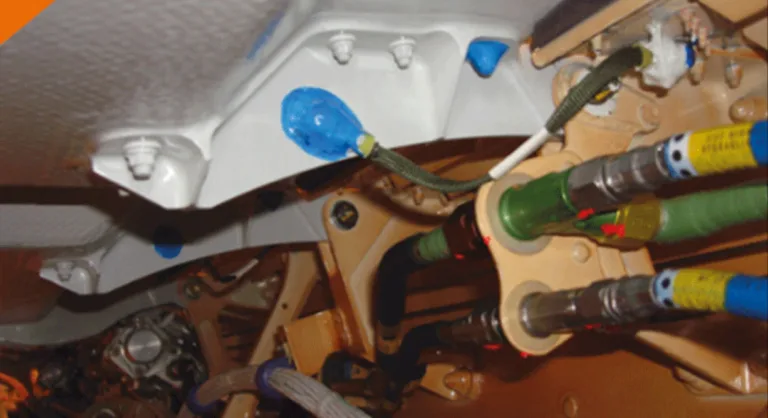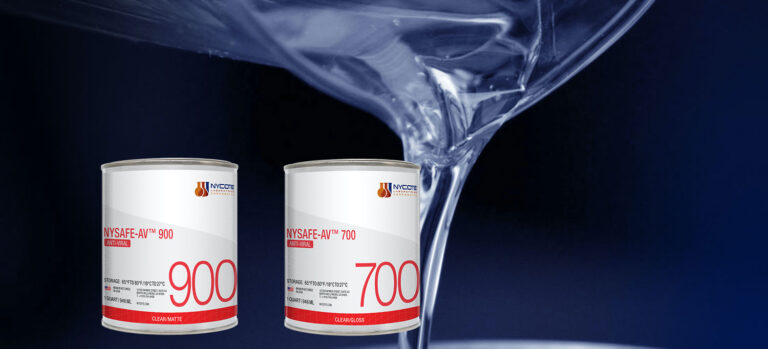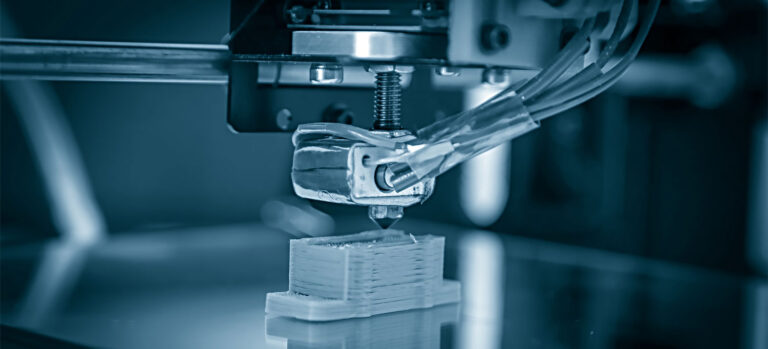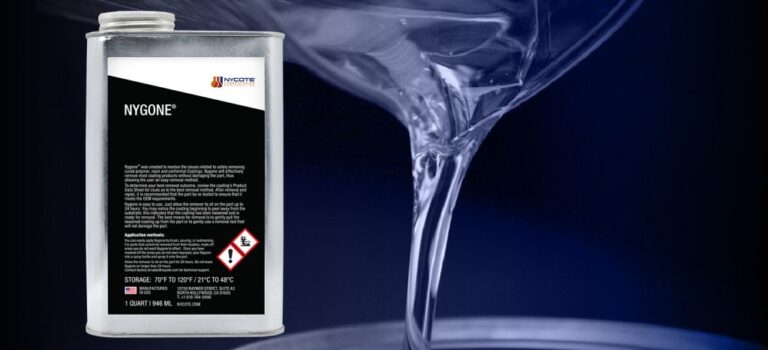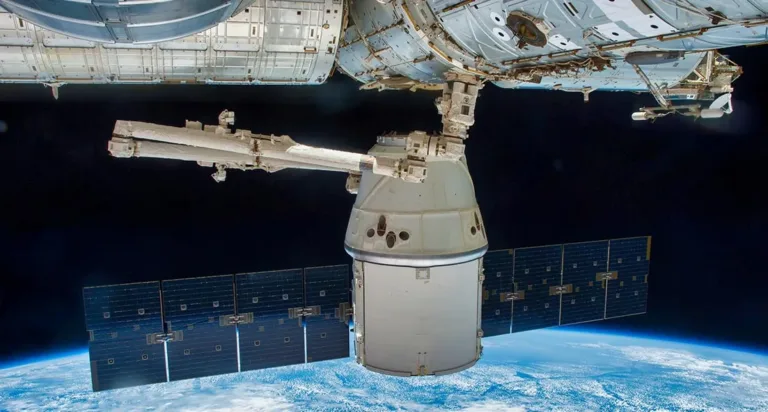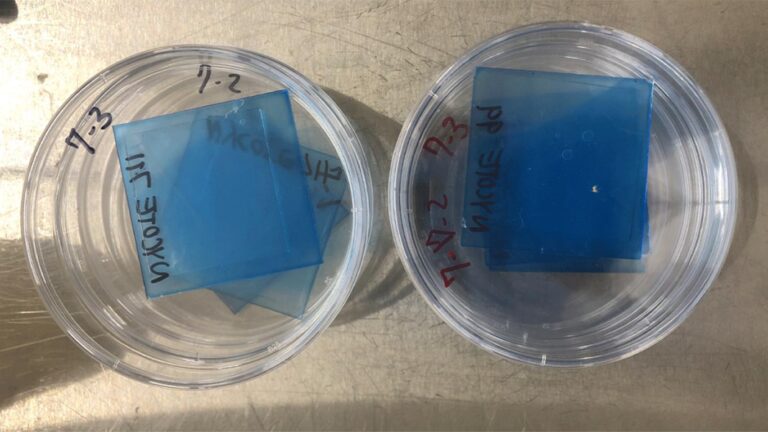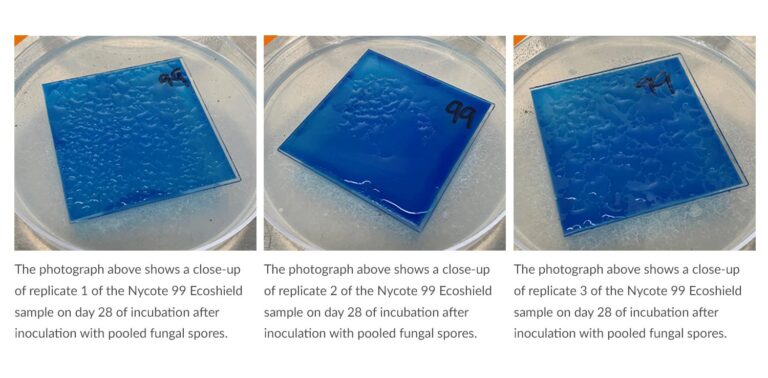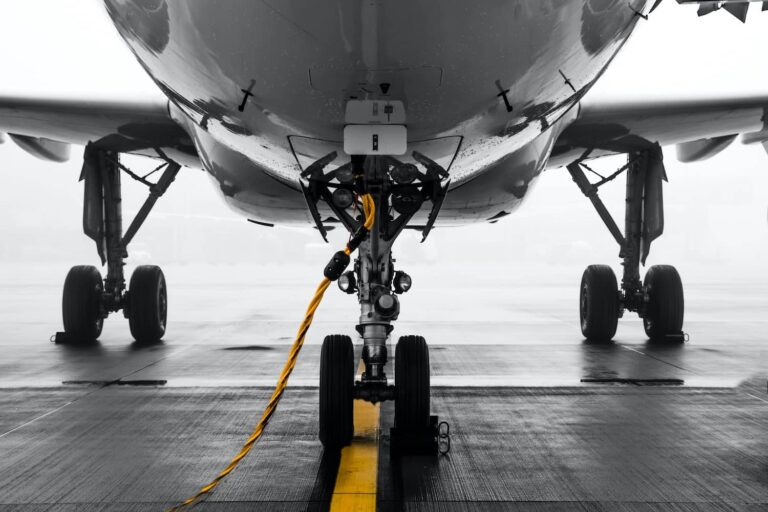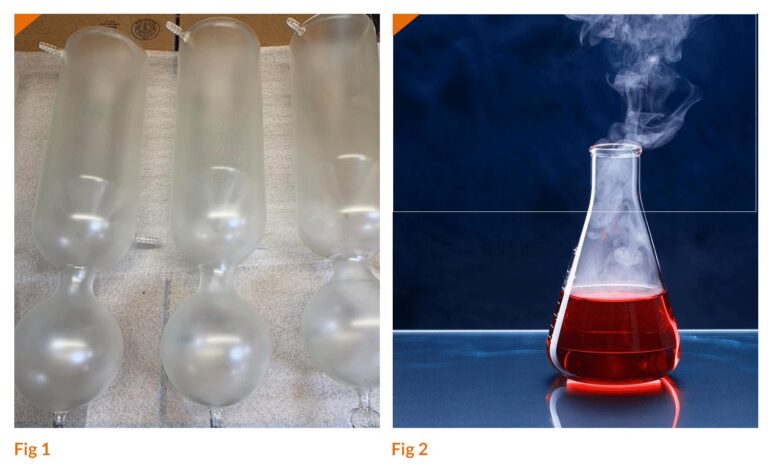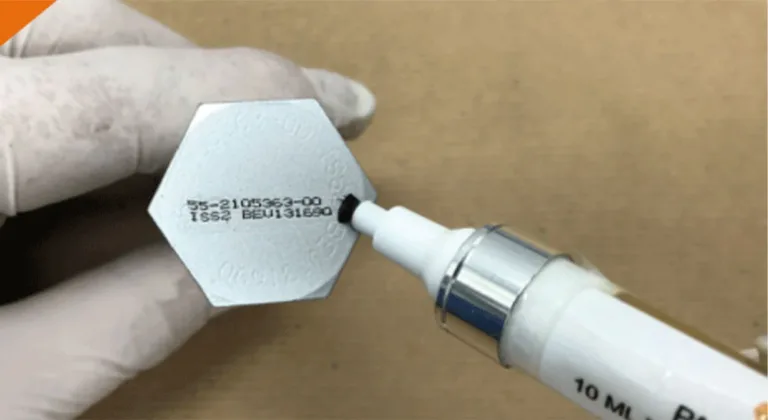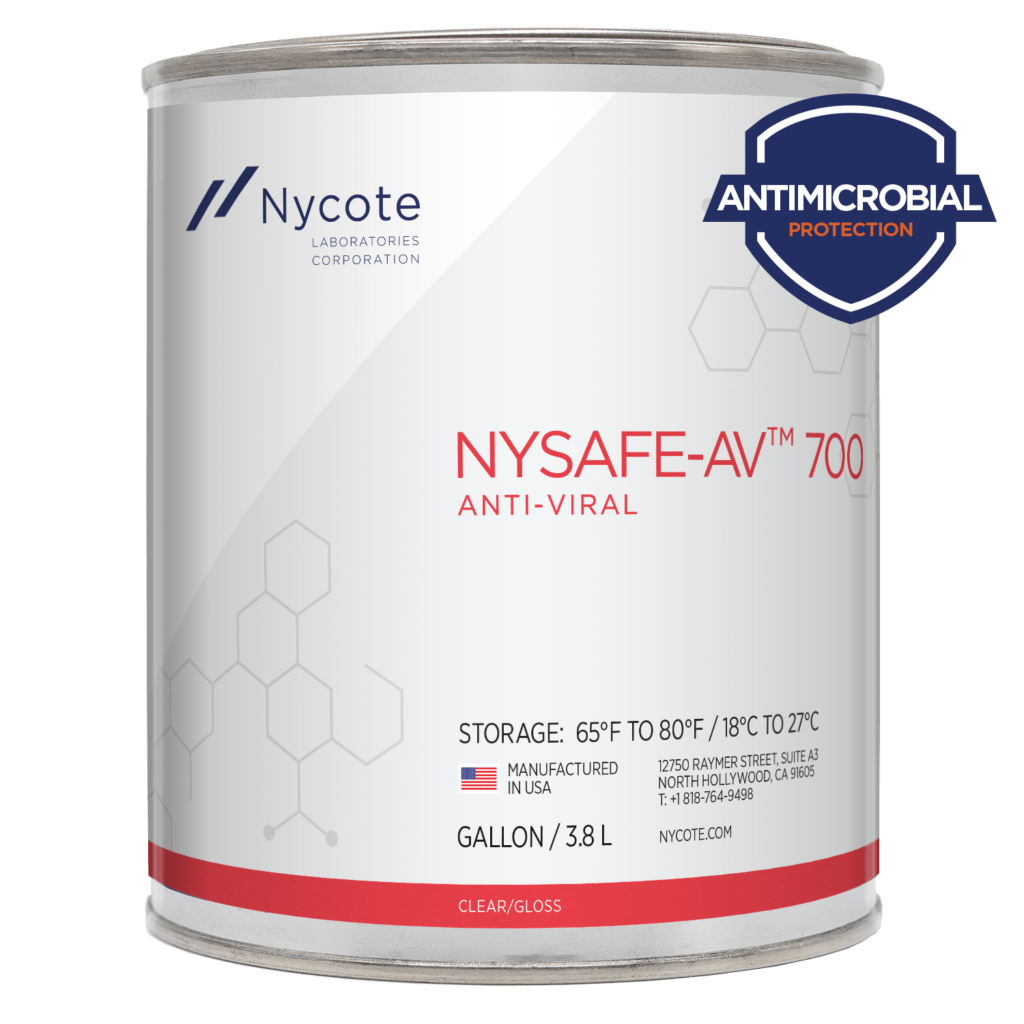
NYSAFE-AV 700
Nysafe® is an effective anti-viral permanent surface coating that disrupts SARS-CoV-2 cells (The Severe Acute Respiratory Syndrome Corona Virus 2). Nysafe-AV® 700 is our newest glossy formulation based off Nycote 7-11. Nycote 7-11 is a highly crosslinked multipolymer nylon epoxy coating. Trusted since the 1960’s by all major OEM’s to provide an excellent permanent barrier from harsh environments. The Nycote formulation is chosen over other coating technologies because of its unique ability to cure pinhole-free and self-level. The process allows for complete encapsulation of the part and will protect for years due to the strength of the epoxy and flexibility of the nylon polymer.
Nysafe® by Nycote Laboarotories Corporation is an advanced material high-performance permanent surface coating that provides high-touch surface protection. Nysafe uses a safe, effective additive and is proven to have antimicrobial and biocidal activities against various human pathogens while being safe for human touch. It has been widely applied in the process of catalysis, drug control delivery, biosensors, and biofuels. The additive is widely chosen as a catalytic material because it has many advantages, namely thermally stable, chemically inert, and harmless. The micropore category is incapable of providing an entryway for applications involving large molecules.”
Nysafe-AV 700 also provides excellent high impact, abrasion resistance, flexibility and toughness at temperatures of -70°F to +300°F (-57°C to +149°C). Nysafe-AV 700 has a six-month shelf life and the container can be resealed throughout.
Nysafe-AV 700 meets the standards for outgassing per ECSS-Q-ST-70-02
Nysafe-AV 700 meets ISO 22196 International Organization for Standardization Method 22196 – The measurement of antibacterial activity on plastics and other non-porous surfaces.
Aerospace
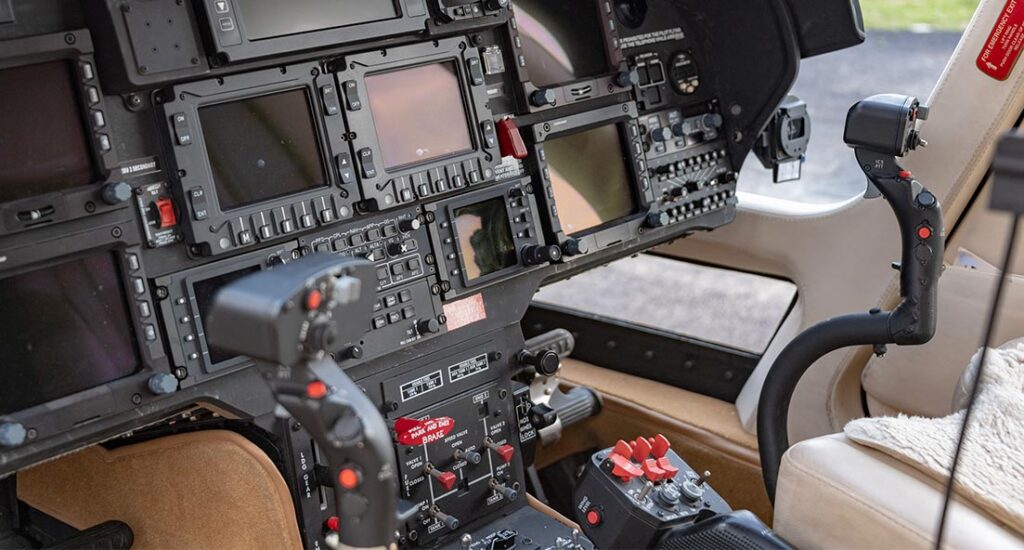
Automotive
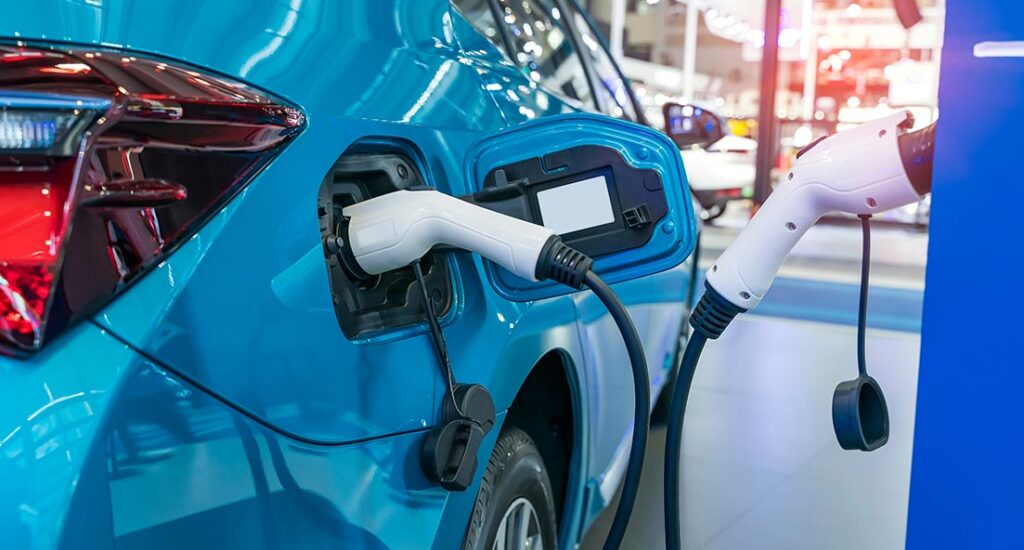
Electronics
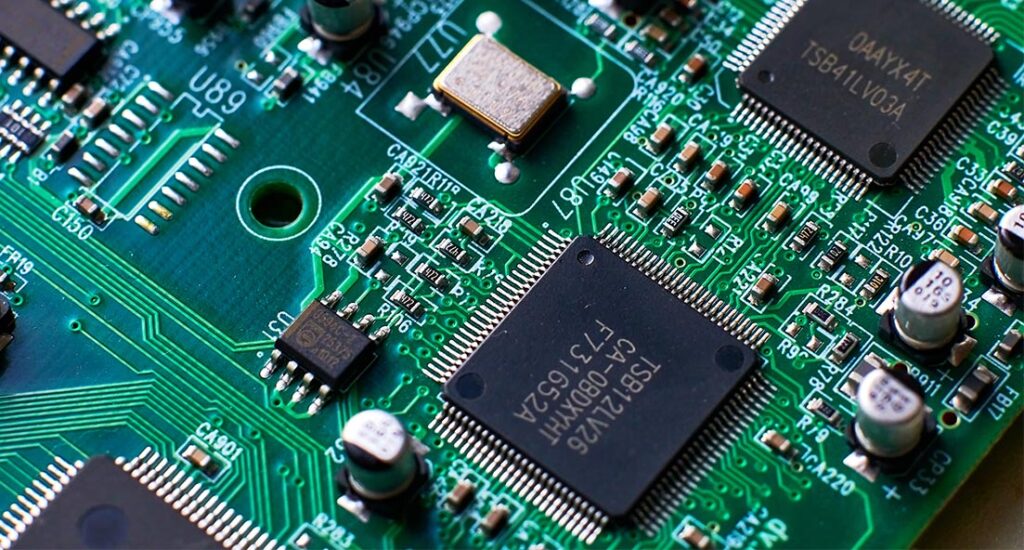
Marine
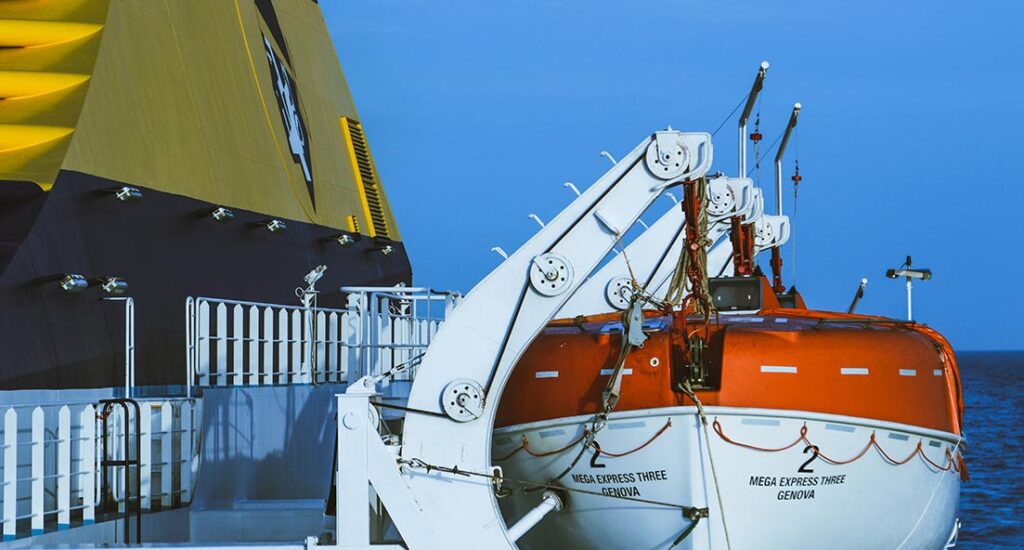
Medical
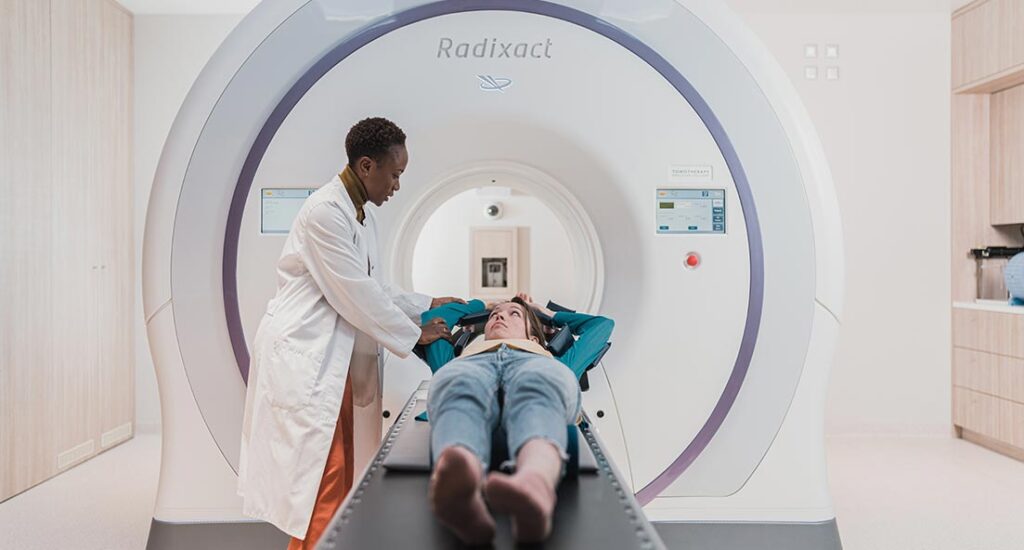
Military & Defense
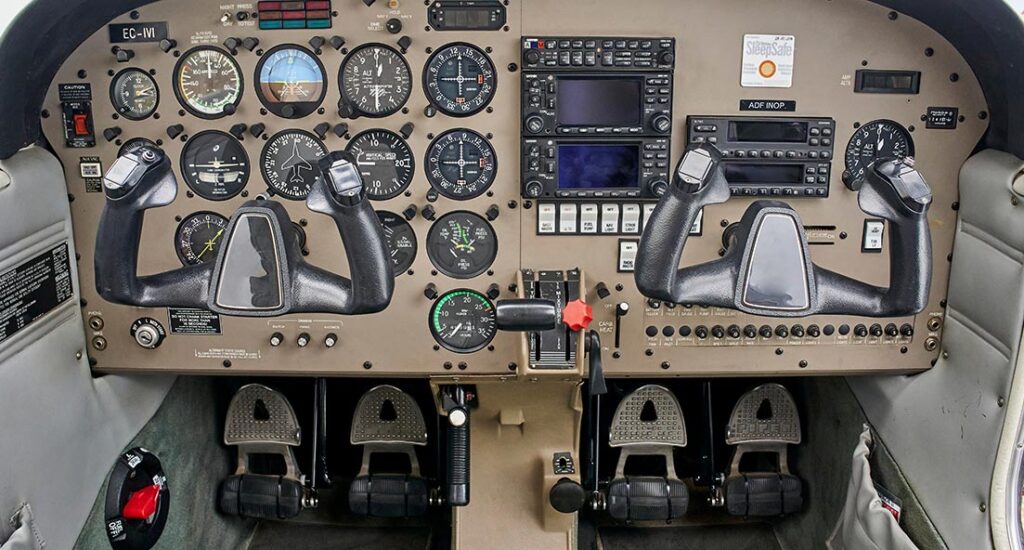
Public Transportation
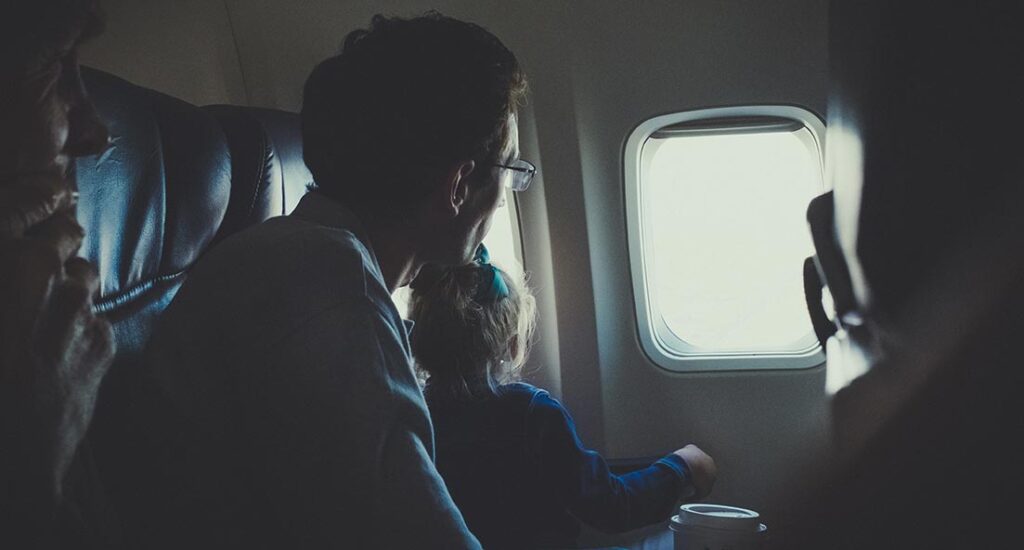
Space

Textile
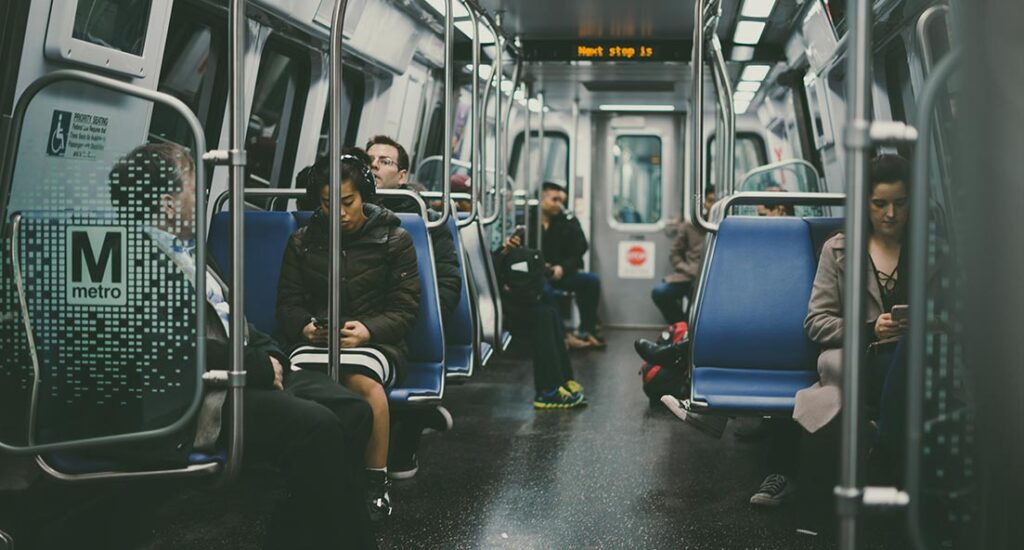
Chrome Replacement

Thinner & Surface Preparation
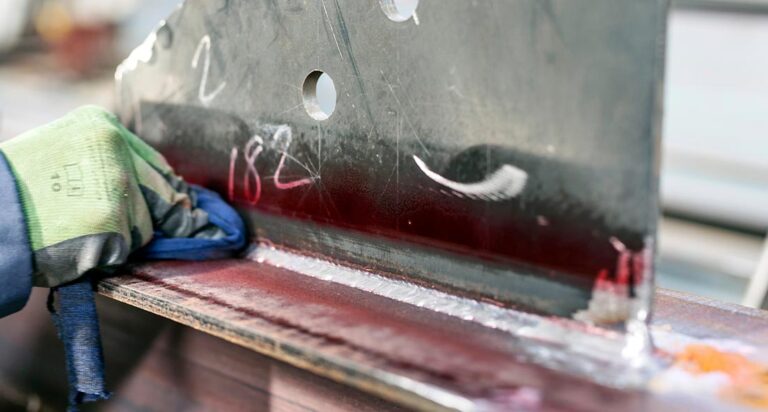
Removers
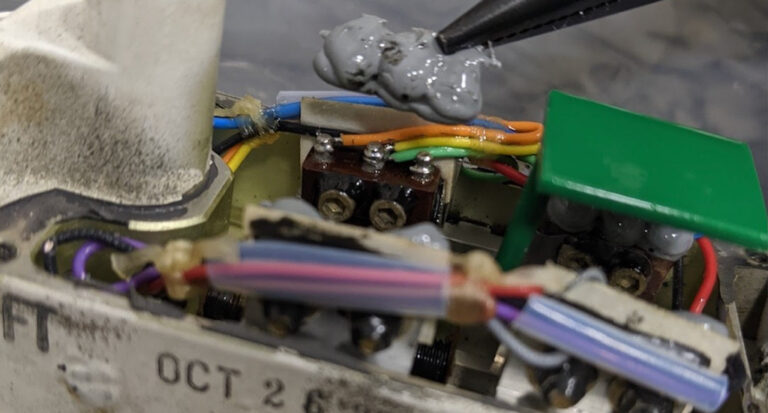
Friction Reduction
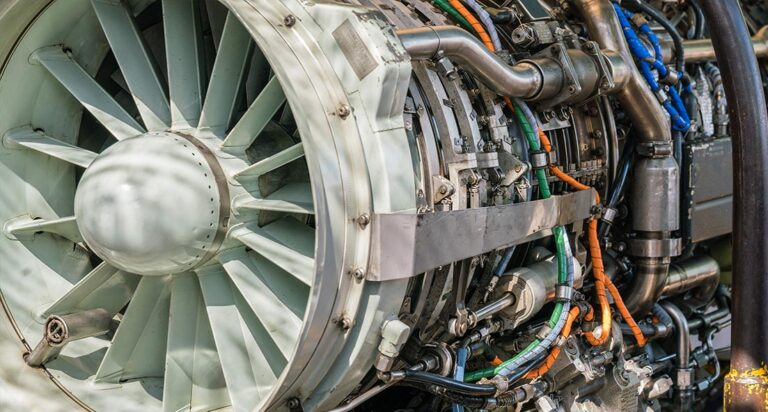
Electrical Bonding
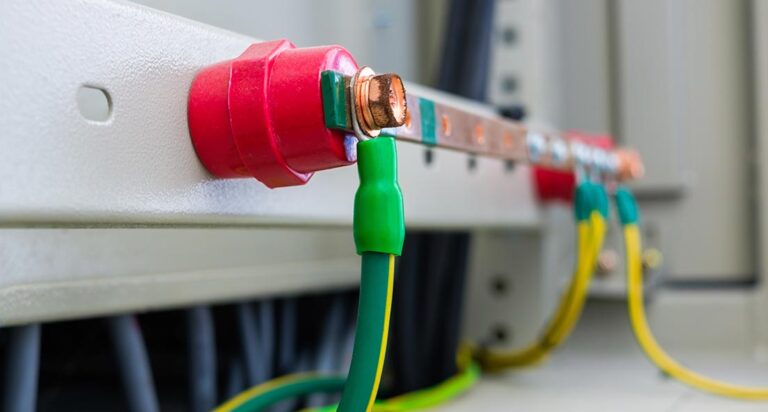
Corrosion Prevention
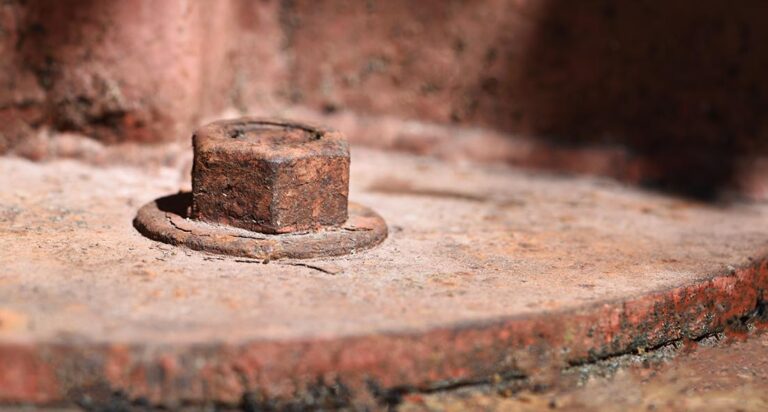
Contamination & Permeation Control
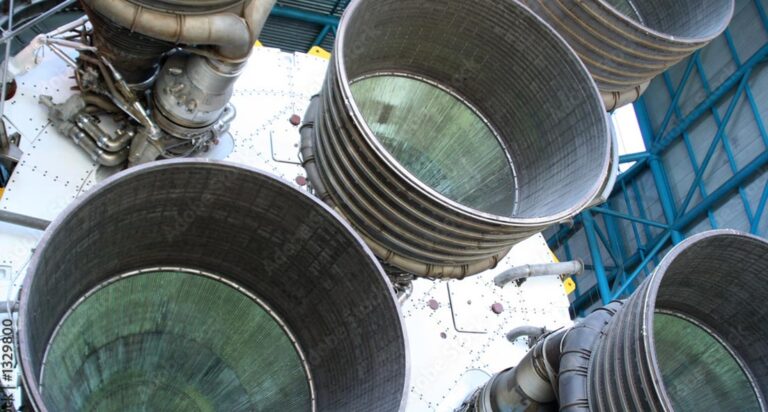
Conformal Coating
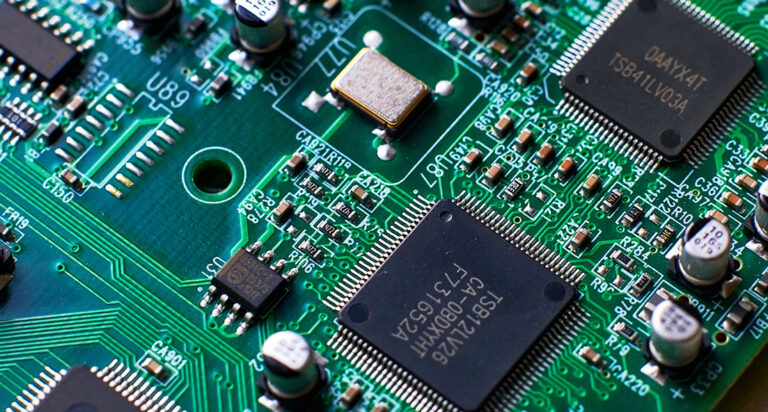
Conductivity Control
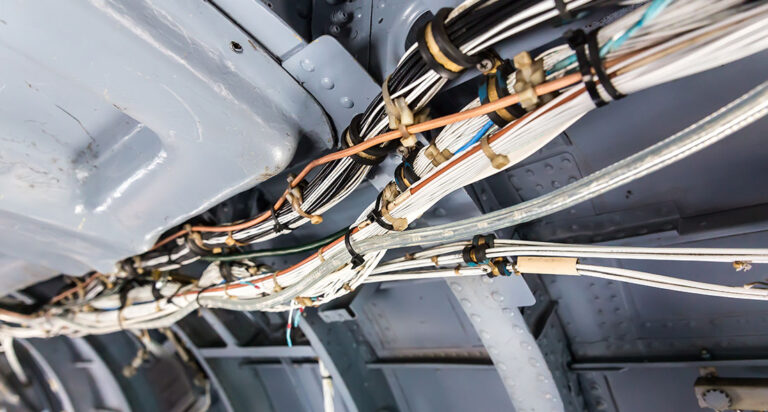
Antiviral / Antimicrobial
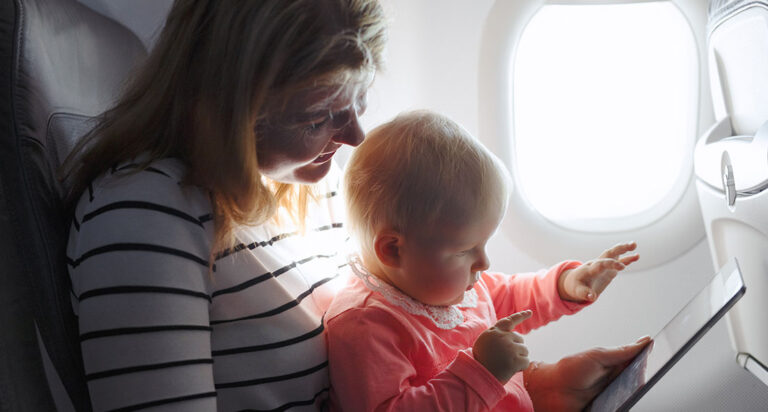
Aircraft structures contain numerous electrical bonding points. These are used to ground static electricity from non-metallic components such as radomes,...
Nysafe by Nycote Laboratories Corporation is an advanced material high performance permanent surface coating that provides high-touch surface protection. This...
Industrial materials are facing a paradigm shift now that composites are replacing many metallic and ceramic materials. Although manufacturers prefer...
Aerospace industry protective coatings organic, inorganic, chemical conversion or metallic are the first line of defense against corrosion. Due to...
Materials exposed to the extreme space environment must tolerate temperatures, gravity, radiation and pressure that are completely different to those...
ISO 22196: General Information The International Organization for Standardization (ISO) is a worldwide federation of national standards bodies that develops...
Test Method Background and Study Timeline ASTM International, formerly the American Society for Testing and Materials (ASTM), is an internationally...
Airfield pavement deicing and anti-icing are essential activities to maintain safe winter operations of the aviation industry. Airfield pavement deicing...
Laboratory glassware is required by pharmaceutical companies, hospitals, research labs, quality control sites and testing facilities. When lab glass breaks...
Aerospace components and aircraft are individually identified by part markings applied by ink (by pen and inkjet printers) and by...
